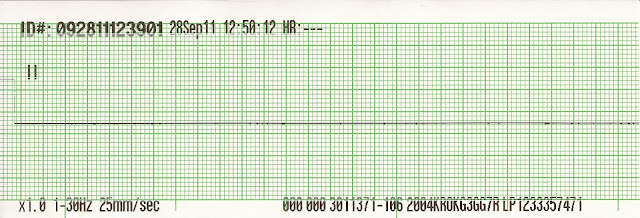Pediatric Advance Life Support: Asystole Part 4

Medication Dose Calculation · Use the child’s weight if it is known · If the child’s weight is unknown, it is reasonable to use a body length tape · No data regarding the safety or efficacy of adjusting the doses for obese patients Broweslow Tape IV Access · Peripheral IV · Central line · Intraosseous · Intratracheal Intraosseous (IO) Access · All intravenous medications can be administered intraosseously · Onset of action and drug levels are comparable to venous administration · IO access can be used...






